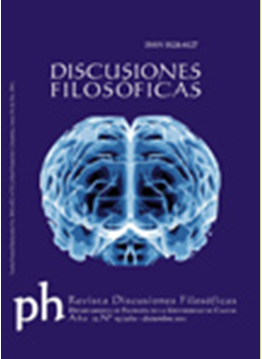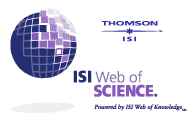Authors
Abstract
The idea of verisimilitude is implicit in the writings of Albert Einstein ever since 1905. The news has reached the philosophical community via the writings of Sir Karl Popper half-a-century after Einstein's trailblazing conception. As the theory of verisimilitude is inherently pro-metaphysics, there are two possible readings of Popper's view of verisimilitude. I think the criticisms that it has met are due to his vagueness on this matter and to the obvious shortcomings of the halfway admission of metaphysics into science. Though verisimilitude is a relative newcomer to the modern physics, it already has a rich literature, including the book Truthlikeness of Ilkka Niiniluoto, the most energetic advocate of the topic. The present article is not a review of it, as the mere discussion of its enormous, heavy logical mathematical apparatus requires more space than is available to me. I will, however, say that his book has proven to be a philosophical landmark -for better and for worse- and I will try to present the general, most philosophical aspects of the situation. I should say here that I am not going to suppress my bias but rather contrast it with his. Briefly, I think that his position is halfway pro-metaphysical whereas mine is fully pro-metaphysical. Whatever advances the theory of verisimilitude has made since, the disagreement here outlined is not ephemeral, and my view has led me to a specific view of verisimilitude that is at odds with almost all that has been written after Niiniluoto's mentioned book of 1987.
References
Boscovich, Joseph Roger. Theoria. Philosophiae Naturalis. Chicago & London: Open Court Publishing Company, 1922. Print.
Duhem, Pierre. The Aim and structure of physical theory. New Jersey: Princeton University Press, 1996. Print.
Eddington, Arthur Stanley. The nature of the physical world. New York: The MacMillan Company, Cambridge: Cambridge University Press, 1929. Print.
Einstein, Albert. The meaning of relativity. London: ElecBook, 1955. Print.
Euler, Leonhard. Lettres à une Princesse d’Allemagne (Letters to a German Princess). Basel: Birkhäuser publisher, 1960. Print.
Lenin, Vladimir Ilich. Materialism and empiriocriticism. Moscow: Zveno publishers, 1909. Print.
Mersenne, Marin. Nouvelles découvertes de Galilée. The Hague: Nijhoff, 1957. Print.
Niiniluoto, Ilkka Maunu. Truthlikeness. Ámsterdam: Synthese Library, Springer, 1987. Print.
Popper, Karl R. Logik der forschung. Viena: Impressum, 1935. Print.
---. The open society and its enemies. London: Routledge, 1945. Print.
---. Conjectures and refutations. London: Routledge, 1963. Print.
---. “Replies to my critics”. Imre Lakatos & Alan Musgrave (Eds.). Criticism and the growth of knowledge. Cambridge: Cambridge University Press, 1970. Print.
---. Die beiden grundprobleme der Erkenntnislehre. Tubingen: Mohr-Siebeck, 1979. Print.
Schrödinger, Erwin. “Are there quantum jumps?”. The British Journal for the Philosophy of Science 111. 1952: 109-123, Oxford University Press. Print.
---. Nature and the Greeks: and, science and humanism. Cambridge: Cambridge University Press, 1996. Print.

 PDF (Español)
PDF (Español)
 FLIP
FLIP
























